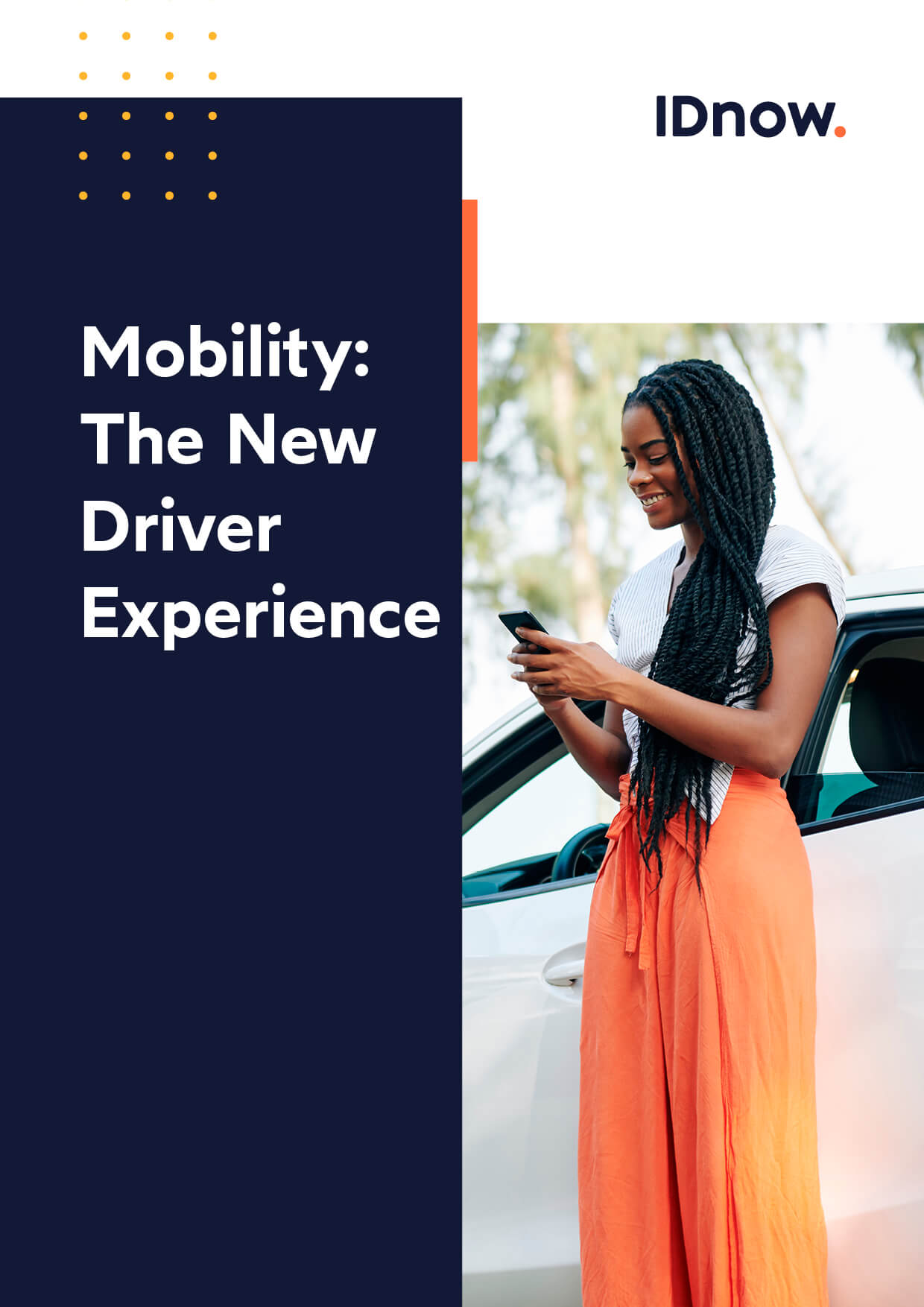Urban mobility has undergone considerable expansion thanks to the digitalization of its services, made more accessible through a simple application. A societal topic thanks to its public service quality, urban mobility contributes not only to the inclusiveness of certain populations, but also to the reduction of carbon-based transport. Urban mobility plays a key role in our strategy to combat global warming, by encouraging the use of public transport through the connection of different transport offers, including micromobility and car-sharing.
To encourage the use of public transport, various pricing initiatives have been put in place. For example, reduced-price season tickets have been introduced for certain categories of the population, such as students. These age-based fares are offered by many transport networks in Germany as well as in France, such as Île de France Mobilités or SNCF, with offers reserved for those under 26 or senior citizens.
While such measures encourage the adoption of these services, they also open the door to fraudulent practices, with harmful consequences. It therefore seems necessary to provide solutions in terms of age verification of users, to guarantee a fair and efficient service and avoid attempts at fraud and identity theft.
The importance of discounted fares in urban mobility.
Discounted tickets exist on many types of platforms and services. From telecom operators to streaming or cultural services, there is a plethora of places offering this type of service. In the field of transport, it is a social policy tool, where the existence of specific offers according to age and income categories promotes access to transport for different categories of the population.
The introduction of reduced fares for young people is justified by a number of social and equity considerations: young people are often dependent on public transport (lack of driver’s license and/or vehicle).
Île de France Mobilités
These special fares are also used by transport companies as a means of building customer loyalty. However, in a tense economic climate, it is sometimes tempting for users who are not entitled to special fares to abuse the loopholes in a subscription system in order to benefit from them. As a result, mobility providers are increasingly detecting fraud in this area. This may involve the use of false identity documents to take advantage of discounts, or the theft of another person’s identity.
The impact of such fraud is twofold: not only does it adversely affect the revenues of transport operators, it also limits the scope of these offers and the fairness between users. However, it is possible to curb this damaging occurence with online identity verification solutions, which are transparent and easy for the user.
Combating fraud through identity verification.
Traditionally, age verification on public transport has been carried out by means of identity documents presented when purchasing season tickets. The possibility of subscribing to these services online has made it easier to commit fraud and obtain discounted fares. It is now easy for anyone to forge an identity document, thanks to editing software that has become readily available.
At the same time, anti-fraud and identity verification technologies have also become more sophisticated, providing even more secure and appropriate responses.
For a transport operator, using these solutions means effectively guarding against identity fraud during the subscription process. They also ensure that users benefiting from an offer are indeed who they say they are.
IDnow’s automated identity verification is a solution that has been used for many years in banking and financial services, but is now proving its worth in the mobility and transport sector. By verifying a user’s identity document and photo, IDnow ensures that users are thoroughly screened and their age confirmed in just a few steps:
- The user submits an identity document when subscribing to the offer;
- A biometric capture (facial recognition or live detection) is then performed to obtain a correlation with the user making the subscription;
- The document is then analyzed by our APIs to verify its authenticity, and cross-referenced with the biometric capture for comparison. This ensures that it is the same person;
- The account is validated in a matter of seconds, based on the results.
Transparent to the user, the identity verification solution is easily integrated into a mobile or web application via our SDK.
Using this solution limits the risk of identity theft, as the user cannot use someone else’s document to subscribe to an offer. Any alteration is identified and forces the user to terminate the subscription process.
Safer access to offers for both operators and users.
The constantly evolving mobility sector has undergone digital transformations that have revolutionized our habits. At the same time, fraudsters have adapted to these new operating modes, impacting the economic efficiency of various players. Age and identity verification provides transport operators with the guarantee that their users have access to the offers they are entitled to.
Identity verification solutions can be seamlessly integrated into the user journey, simplifying the user experience. In addition to contributing to the fight against fraud, identity verification solutions help improve operators’ economic efficiency. As a result, they are able to enhance their transport offering, as well as the quality of their services. In the end, all users benefit from these measures.
Want to know more about the future of mobility?

By

Mallaury Marie
Content Manager at IDnow
Connect with Mallaury on LinkedIn




